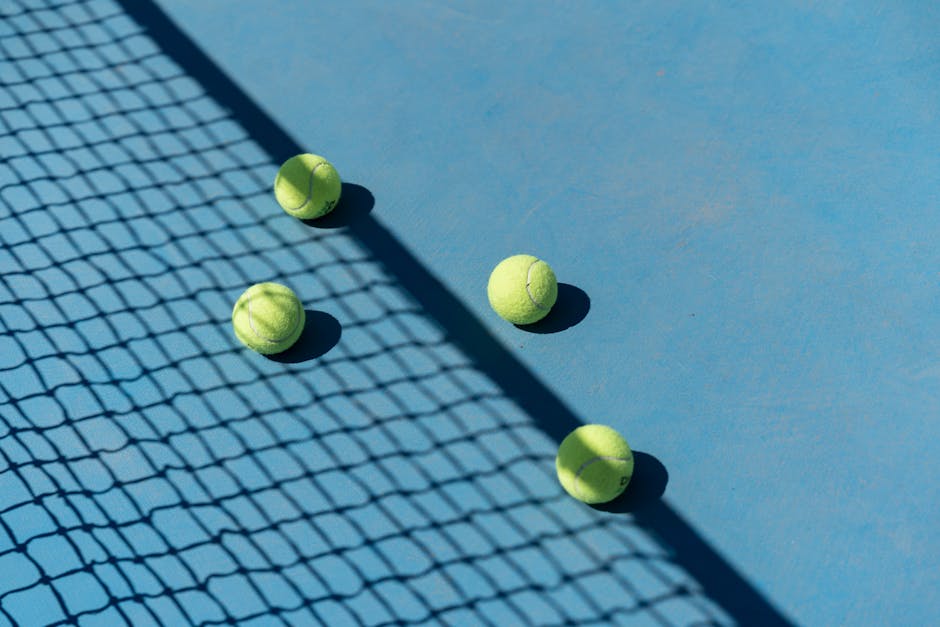Essential Elements of Padel Court Design
Essential Elements of Padel Court Design
Blog Article

Padel has rapidly gained traction as a popular racquet sport, blending elements of tennis and squash. Its accessibility and social nature make it appealing to players of all ages and skill levels. As interest in padel continues to rise, many enthusiasts and entrepreneurs are considering how to bring this exciting sport to their local communities by planning and constructing dedicated facilities. This article will provide a comprehensive guide on essential aspects of padel court planning, including design elements, construction materials and costs, and regulatory considerations.
Essential Elements of Padel Court Design
When engaging in padel court planning, one of the first steps is understanding the design requirements. A standard padel court measures 20 meters long and 10 meters wide, enclosed by walls that are typically made of glass and solid materials. The playing surface is usually made of synthetic grass, which offers excellent grip and comfort for players.
Another critical design element is the layout, which should allow for adequate space around the court for players and spectators. Ideally, a buffer zone of at least 2 meters on all sides is recommended to ensure safety and comfort. Additionally, lighting is an important consideration, as many matches are played in low-light conditions. Proper lighting design not only enhances visibility but also contributes to the overall atmosphere of the playing environment.
Construction Materials and Costs for Padel Courts
The choice of materials is essential in padel court planning, as it affects both performance and durability. The most common surface material is artificial grass, which should be specifically designed for padel to provide the right balance of traction and comfort. Beneath the grass, a layer of shock-absorbent material is often installed to reduce impact and enhance player safety.
In terms of walls, players typically opt for a combination of tempered glass and solid walls. The glass walls enable spectators to view the action while maintaining a professional feel. Solid walls, on the other hand, provide stability and support for the glass structure.
When it comes to costs, several factors come into play, including the size of the court, the choice of materials, and site preparation requirements. A budget should account for not only construction but also ongoing maintenance, which can include surface cleaning, grass replacement, and other repairs. It is advisable to obtain multiple quotes from contractors experienced in building sports facilities to get a clear understanding of potential expenses.
Regulatory Considerations for Building Padel Courts
Before initiating any construction, it is essential to research local regulations governing the establishment of sports facilities. This includes zoning laws, building permits, and any specific requirements for sports courts. Engaging with local authorities early in the padel court planning process can help streamline approvals and ensure compliance with all necessary regulations.
Additionally, consider any community guidelines or restrictions that may affect the court's design and operation. These may involve noise levels, hours of operation, and environmental considerations, especially if the court is to be built in a residential area.
In conclusion, successful padel court planning involves a careful balance of design elements, material selection, budgeting, and regulatory compliance. By understanding these fundamental aspects, individuals and organizations can create engaging and sustainable facilities that foster a love for the sport in their communities. For more detailed insights on planning and designing a padel court, visit Mondo Padel, a resource dedicated to padel court construction and management.
Report this page